How To Attach Camera To Sunpak Tripod
When dealing with slow shutter speeds, a solid tripod is a must-have tool for eliminating camera shake and capturing precipitous photographs. Although setting up a tripod and effectively utilizing it for photography needs at first sounds elementary and self-explanatory, I often come across photographers that practice not know how to properly use a tripod. Even though you could ain the most expensive tripod on the market place and know exactly what to exercise to yield razor sharp images, your images could nonetheless exist suffering from poor framing choices. In this article, I want to explore the proper techniques for setting up, handling and using tripods.
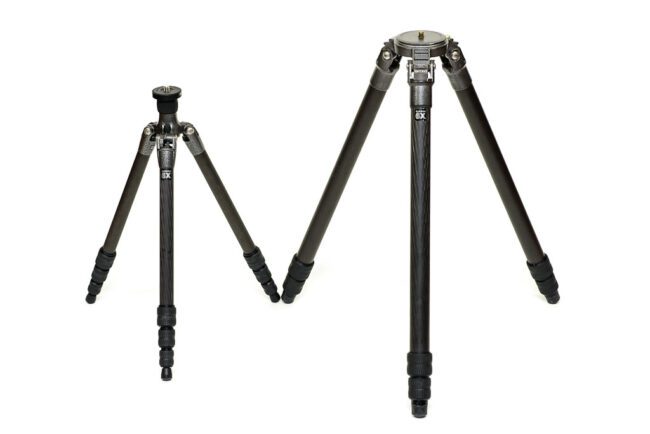
Invest in a Skillful Tripod System
Earlier I get into the topic of using tripods, I starting time desire to highlight the importance of investing in a proficient tripod system. Unfortunately, many of u.s.a. end up making poor choices when information technology comes to purchasing tripods. I retrieve how I started out with a few cheap tripods, then bought a moderately-priced tripod, only to realize that I needed something improve. Overtime, I spent also much on "experimenting" with dissimilar tripods. Don't go through the same process like I did and invest in a proficient tripod system sooner than later. If you are overwhelmed with choices and do non know where to start, meet my detailed article on choosing a tripod. Keep in listen that good tripods oft practice not come with a head, so brand sure to carefully pick a solid head for your tripod too. The type of caput you pick will depend on what y'all shoot, merely the most common type on the market today is a ballhead, which does well for various photography needs.
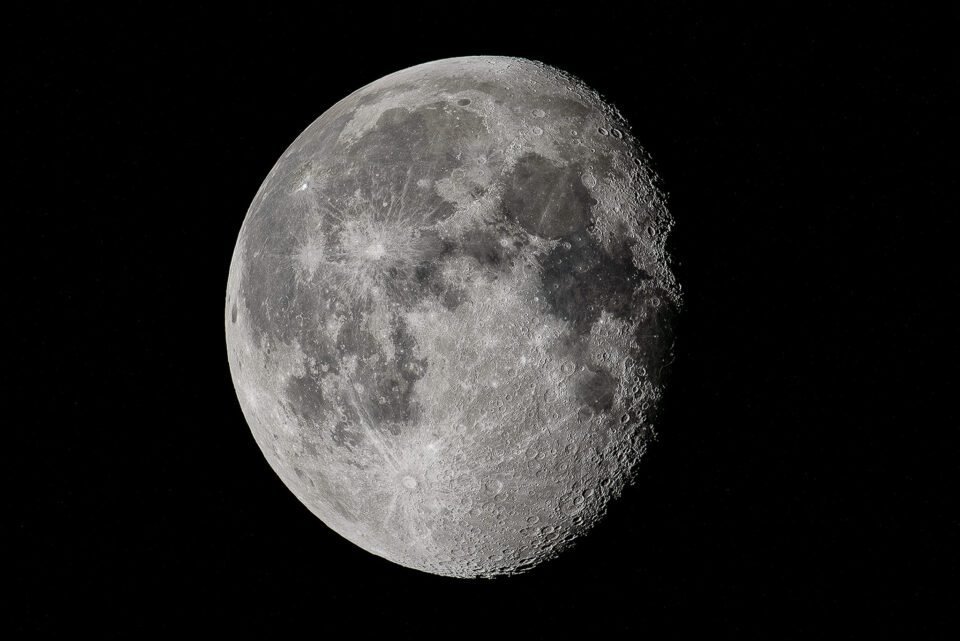
When to Apply a Tripod
It is important to know when yous need to employ a tripod. Shooting hand-held is effortless compared to setting up a tripod and mounting the camera on information technology, which is why many of us (myself included), adopt shooting paw-held when possible. Although most mod cameras are capable of producing excellent results with very low noise levels at loftier ISOs and thus have certainly reduced the need to utilise tripods, tripods are still preferred in low-light situations, especially when one desires highest quality images with footling or no noise on high-resolution cameras. Since there are so many variables involved, such equally camera manus-holding technique, shutter speed, ISO performance, sensor size, focal length, epitome stabilization, lens sharpness and camera to subject altitude, there is no magic formula for figuring out exactly when a tripod must exist used.
There are some considerations though, and then here is the list based on my personal experience:
- Weight: if gear is very heavy, it is best to avert hand-property information technology, especially when photographing for extended periods of fourth dimension. Trying to hand-hold a 600mm f/4 lens with a professional person DSLR volition quickly tire your hands, even if you work out every day.
- Photography Genres: Landscape, Macro, Architecture and another photography genres might require tripod apply for precision, framing and consistency, even if lite conditions are practiced. I might want to innovate intentional motion blur, such equally when photographing waterfalls, moving clouds and other movements. Also, some specific techniques such equally Panorama, HDR, Timelapse and Exposure Blending might also require tripod use.
- Hand-Holding Technique, Reciprocal Rule and Paradigm Stabilization: knowing how to properly hand-hold your camera is important, only if shutter speed is too low, you might nonetheless be introducing camera shake. As a general guideline, the reciprocal rule works quite well, which basically says that your shutter speed should be at least what the focal length is. For example, if you are photographing with a 300mm lens, your shutter speed should be at to the lowest degree 1/300 of a second. If y'all have a crop sensor camera, make sure to multiply the focal length with the crop factor. Lastly, if you have paradigm stabilization in your camera or on your lens, plough it on and know that you can lower your shutter speed beneath the reciprocal rule by ii stops or more (depends on image stabilization effectiveness and your paw-holding technique).
- ISO Functioning and Acceptable Level of Noise: some of the mod full-frame cameras are capable of producing superb images at high ISOs without introducing likewise much dissonance, losing lots of dynamic range and colors. However, there is always a fine line between what the camera tin can practise and what your preference is in terms of what you consider adequate. Some photographers do not heed seeing lots of noise, while others are bothered by even a hint of it. Make up one's mind what you consider adequate for your camera and if the conditions call for higher ISOs, y'all will know when tripod utilize will exist mandatory.
- Impress / Output Size: how large you are planning to print or display your images is also of import. If yous need amazing pixel-level quality for those large billboard-size prints or ultra high-resolution monitors, yous might need to shoot at low ISO levels, which upshot in slower shutter speeds. However, if you are not interested in printing and only desire to showcase your images on the web, and then y'all could accept advantage of resizing / down-sampling of images, which will drastically reduce blur, racket and other problems in images.
- Focal Length and Field of study Altitude: the longer the lens, the faster your shutter speed will need to be to yield sharp images when shooting hand-held. Subject distance is also important – if the bailiwick is far away and represents a small-scale part of your frame, poor sharpness volition be much more obvious.
- Camera and Lens Resolution: The more resolution your camera has, the more demanding it will be on your lenses and your mitt-property technique, so keep this in heed.
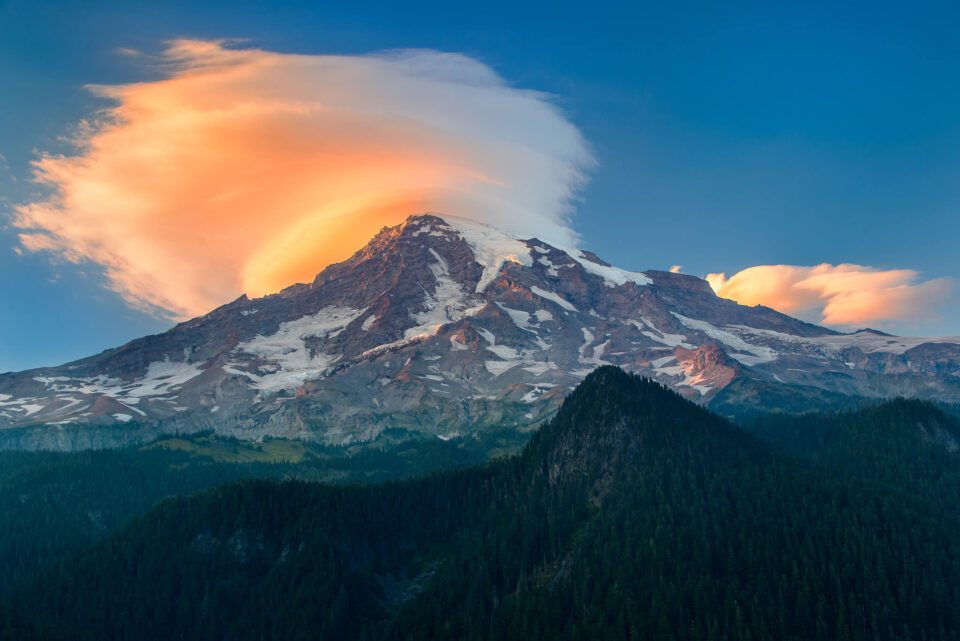
Do Non Let Your Tripod Dictate Framing and Composition
One of the major pitfalls with tripods, is developing tunnel vision for framing and composition. Many of united states fully extend tripod legs, set up up the photographic camera so start framing and composing our shots. How many times have you seen photographers stacked upwardly similar this:

All capturing the same scene at the same angle. Before you set upwardly your tripod, walk effectually the area, look for good angles and work on the composition with your camera hand-held. Driblet downward, look at lower angles or move higher up and look for a different perspective. Once you effigy out what your shoot will look like, only so open up up your tripod and mount your camera on it. Develop this habit of working with your tripod and avert doing it the other way around. Do non let your tripod hinder your creativity and dictate your framing and composition!
Setting Up Tripod
Now that you lot accept your shot framed and composed, let's now talk near proper usage techniques:
- Tripod Placement and Leveling: Before y'all start setting up the tripod, commencement identify where information technology will be placed. While near locations have firm and flat grounds making it easy to set up a tripod, some places can exist very tricky, requiring some of the tripod feet to be extended shorter or longer to exist fully secure. Always make sure that the tripod base of operations is properly leveled – utilise those bubble levels on the tripod legs. You want the load in the center of the tripod to exist distributed evenly to all three legs. The last thing y'all want is accidents with your gear crashing down! Too, be extremely careful near placing tripod feet on anything that moves or tin can potentially break (thin water ice, sand, etc).
- Extend Thick Leg Sections Showtime: My Gitzo Traveler tripod is lightweight, just its legs are quite thin on the bottom. If I merely need to use one or two sections, I volition exist extending the thicker ones and leaving out the sparse ones, because information technology will make the tripod more stable. The same goes for all other tripods – the meridian sections are always going to be the thickest and the strongest.
- Fully Open Upwardly the Legs: All tripods will take stopping points where the legs will not open up upwards any further. Always make sure to spread those legs all the fashion – y'all do not want heavy equipment to all of a sudden spread legs when shooting, potentially ruining not only your shot, simply also your equipment.
- Leg Placement: When placing your tripod, information technology is a skilful idea to point of the tripod legs towards the field of study / scene middle, so that you could stand betwixt the other two legs.
- Use Center Cavalcade as a Last Resort: I avoid centre columns / posts like plague, but sometimes I have no other pick when my equipment needs to be physically higher. I ever make certain to extend all the legs start and if that's not plenty, only then use it. Why? Because center columns e'er destabilize your setup – it is a unmarried indicate of connection versus three. If you do apply the heart cavalcade, always make certain that the tripod base is leveled, and so that the center post is in vertical orientation – y'all do not want to angle information technology, as the weight of the photographic camera might make your tripod autumn on the heavy side.
- Secure Your Camera / Lens Tightly: To avoid potential accidents, always make sure to secure your camera or lens tightly. Once you mount your gear, hold information technology with your hands and try to move it. There should be no fluctuant or shaking of any sort.
- Camera L Bracket: When mounting your camera on the tripod caput, it is always a skillful idea to use an L Bracket instead of a single plate on the bottom of the camera. With a regular plate, your camera will exist heavier on 1 side in portrait orientation, which might not exist secure. 50 Brackets tin can be expensive, every bit they are made specifically for each camera, but they are worth the investment in the long run.
- Long / Heavy Lens Mounting: If you are using a heavy lens, ever make sure to mountain the lens on your tripod using its tripod collar, instead of mounting your photographic camera and letting your lens hang off the mount. Not just volition you continue your camera rubber from potentially breaking or angle the lens mount, but you will also stop upwardly with a much more stable setup.
- Head Flip Lock Release Considerations: Flip locks are nice and convenient, but you lot ever have to make certain that the plates are of the right size for your caput. This is specially important for Arca-Swiss plates, which can vary in size depending on the land and manufacturer.
- Tripod Claw: If your tripod is equipped with a hook on the bottom, or perhaps in the center column, hanging your camera bag or a sandbag can provide extra stability. Withal, if it is very windy and your handbag is not heavy enough, information technology could have a detrimental result, potentially destabilizing your setup.
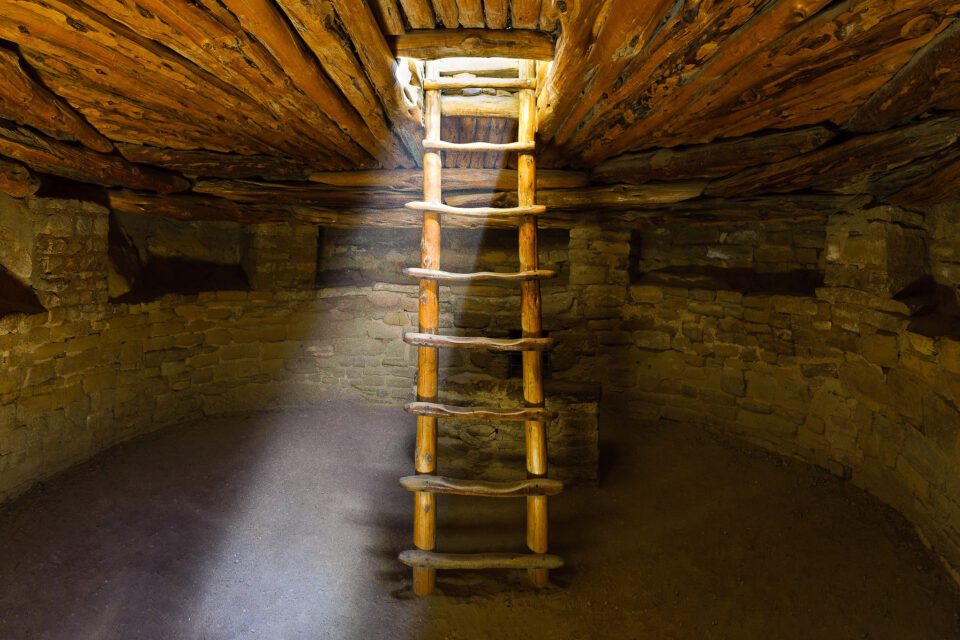
Using Tripod
Later on your tripod and camera are fully set upwardly, it is time to employ additional techniques to avoid camera milkshake:
- Photographic camera Strap: Camera straps are convenient to take on your photographic camera, just one time mounted on a tripod, can cause photographic camera shake in windy situations.
- Shoot at Base ISO and Turn Off Auto ISO: Most cameras have the to the lowest degree amount of dissonance and the highest dynamic range at their base of operations ISO (usually betwixt ISO 64 and 200), and then use the lowest native setting. Make sure to turn off Auto ISO.
- Use Cable Release: Squeezing the shutter release with your fingers will surely crusade camera milk shake, so it is a expert idea to employ a remote / cable release.
- Self-Timer: Calculation a two+ second delay with self-timer is commonly a good idea, specially if you do not have a remote / cable release.
- Mirror Up: If yous have a DSLR, its mirror causes a lot of vibration when information technology moves up earlier each exposure. Using Mirror Up will raise the mirror showtime, and so you can wait a picayune before taking the shot. Mirror Upwards requires a remote / cable release.
- Exposure Filibuster: If your photographic camera has exposure filibuster feature and you lot do not have a remote / cablevision release, exposure delay mode can help effectively eliminate camera shake. With exposure filibuster, the camera mirror volition get up, and so the photographic camera will expect for a specified time before taking a picture. On some cameras you lot tin can specify the amount of time to wait. Some cameras allow y'all to utilize a self timer in combination with exposure delay.
- Electronic Front Curtain Shutter: A number of new DSLRs (similar Nikon D810) and mirrorless cameras take the Electronic Forepart Curtain Shutter feature. With this feature turned on, the camera will not operate its shutter machinery at the beginning of the exposure, which can completely eliminate whatever kind of camera milk shake. If yous are shooting with a DSLR, you will accept to be in Mirror Upwardly mode though and in that location might be other limitations. Although this feature is usually off by default, I would recommend to turn it on and use information technology actively.
- Turn Off Image Stabilization: Unless your lens has a specific image stabilization mode to exist used on tripods, y'all should always keep it turned off. When your gear is on a stable setup, yous practice not want image stabilization to try to compensate for movement that is non there.
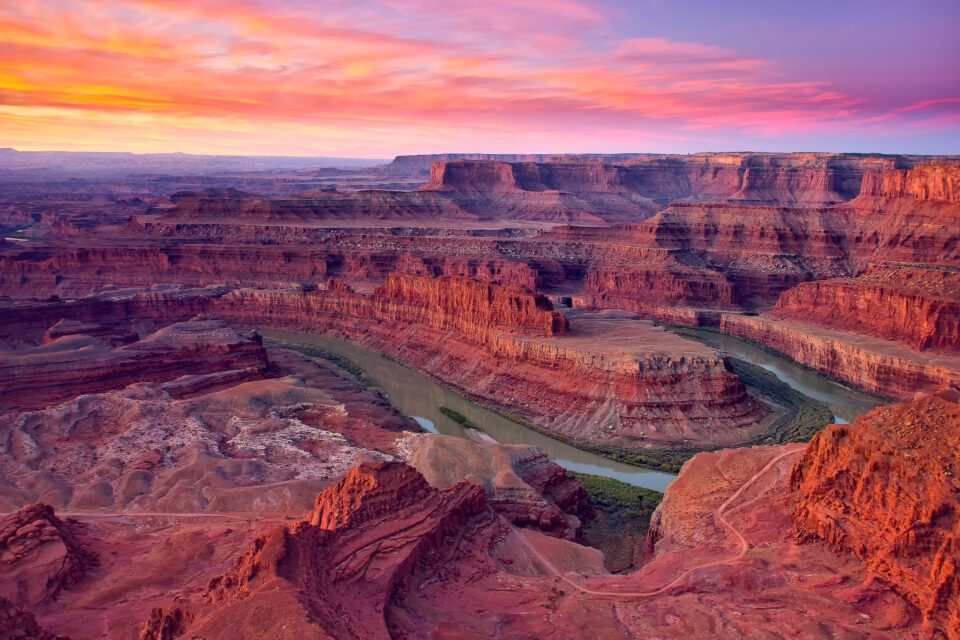
Source: https://photographylife.com/how-to-use-a-tripod
Posted by: johninattleaces.blogspot.com


0 Response to "How To Attach Camera To Sunpak Tripod"
Post a Comment